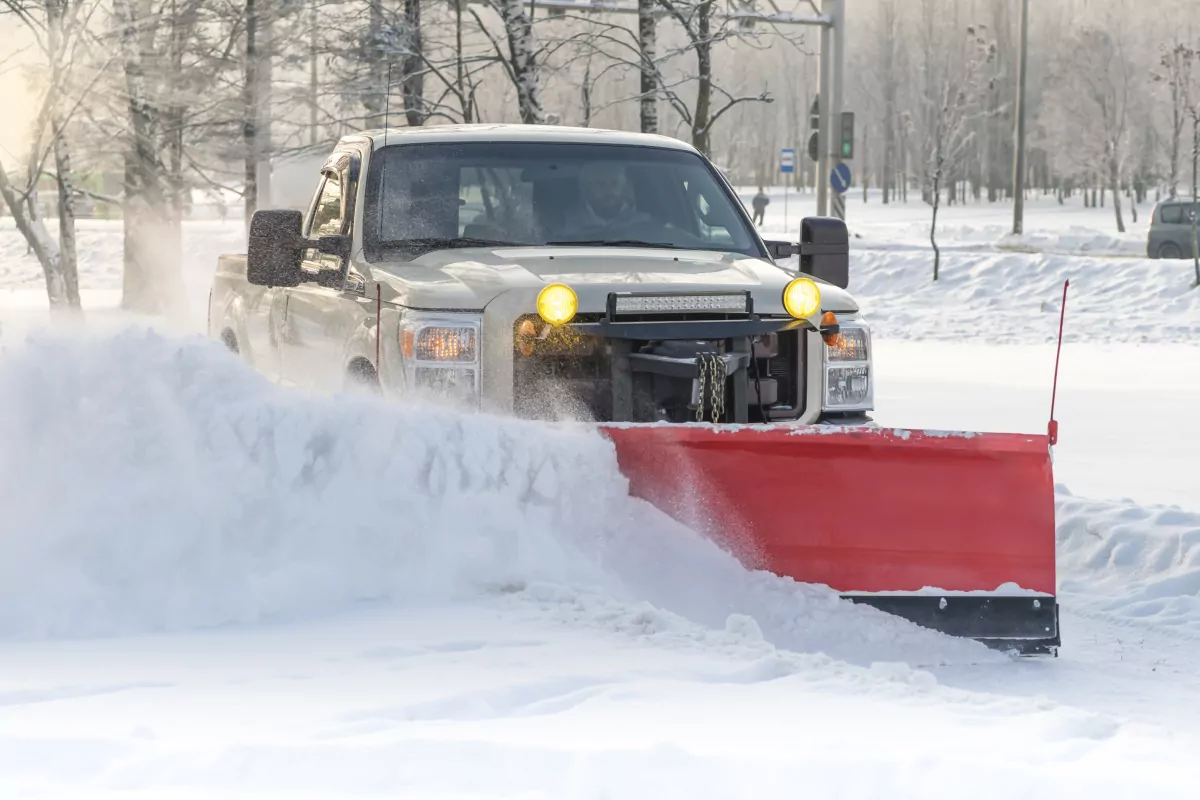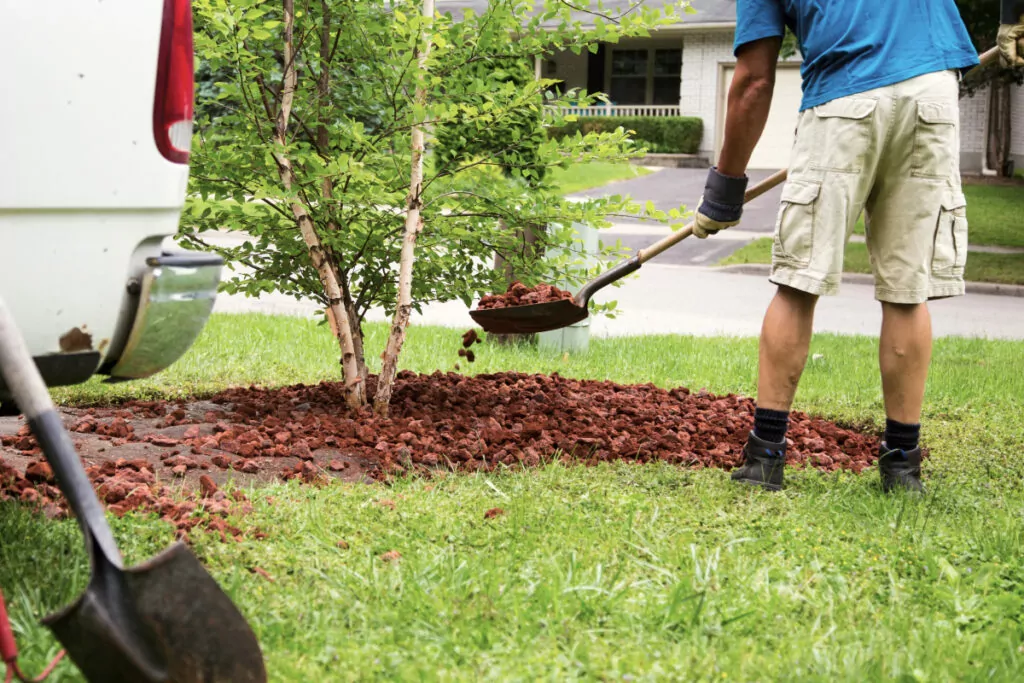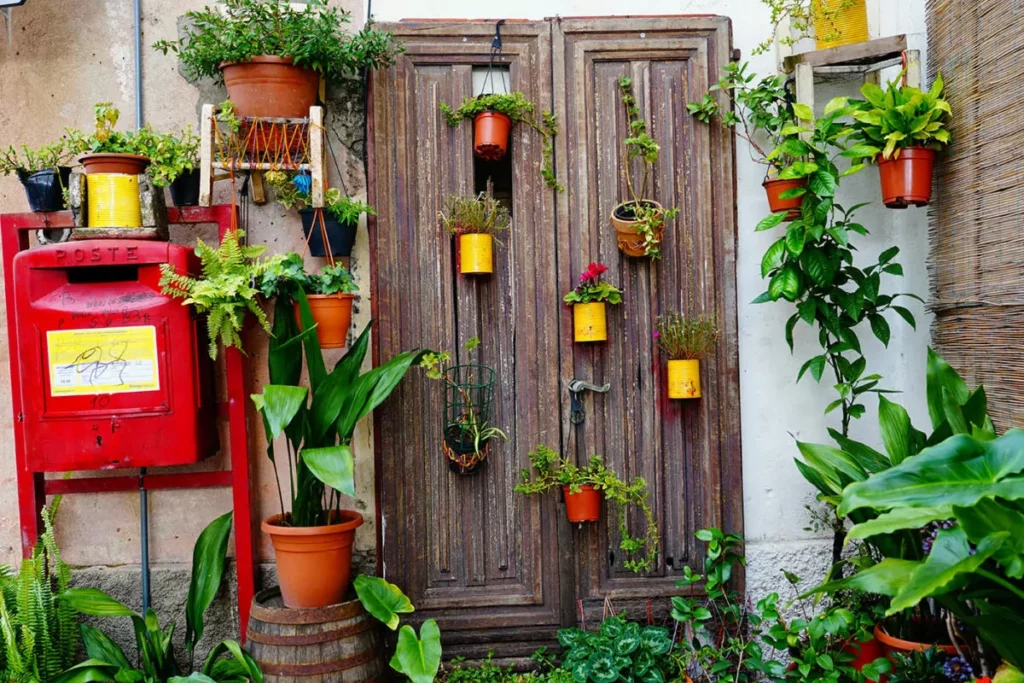If you’re considering adding plowing to your Snow Removal business on Taskrabbit, great! We’ve compiled a list from top Taskers of important things to consider.
Insurance
According to Chron, you’ll need to have these three types of insurance policies lined up before plowing snow:
- Commercial auto. This covers bodily injury and property damage liability protection if you injure someone or damage another party’s property while using your vehicle to plow snow.
- Snow plow insurance. This can be a seasonal policy, and it typically covers residential driveways, private roads, apartments, and retail complexes.
- General liability. This can sometimes include snow plow insurance, and it can cover you in case there’s an accident.
Types of plows
According to Fueloyal, if you’re planning to plow on a large commercial scale, you’ll need a plow that’s at least 8’’ wide. Given that most clients will be residential, however, a 7’’ plow may suffice. Just make sure your vehicle suspension is rated to support this type of attachment.
You’ll also want to consider these three things when buying a plow:
- Lift type
- Blade type
- Angle / design
- Leveling kits
Let’s dive deeper into each!
Lift types
While you’ll need a receiver hitch to mount any snow plow, note that the actual plows can have different lift types. While you’ll definitely want a plow that can easily handle turns, consider each type carefully before investing.
Direct hydraulic. This is a common type of plow that uses an electrically powered full hydraulic system for lifting the blade and snow. Contrary to popular belief, you can seamlessly float the blade and follow the contours of a plowing surface just like with chain lift plows. In case of a hydraulics failure, you’ll want to have a ratchet strap handy to lift the unit off the ground so you can drive home.
Chain. This second option is also very common. It also incorporates hydraulics, but only to lift a chain rather than the entire blade unit. This is a tried and true lift type, known for easily letting operators float the blade enough to follow plowing surface contours. It’s also easy to raise the plow manually if needed by driving the blade upward into a snow pile and tightening any slack in the chain.
Manual. Some plows, particularly smaller ones for ATVs, have a manual lift system. You won’t be worrying about this if you’re driving a truck, but if you’re thinking outside the box, this might be the system for you.
As noted above, most direct hydraulic and chain systems include an electrical hookup for the hydraulic parts to work. To prevent any electrical issues, be sure to grease all your electrical connections with non-conductive dielectric grease to seal them from moisture. Moisture can corrode these connections and cause serious damage to your system if it isn’t addressed properly. Check out more maintenance tips here.
Blade types
Steel. This is the #1 choice for most plowing professionals, as steel is both the cheapest option and very heavy duty. That said, it can be prone to rust and noisy rattling, depending on the conditions.
Stainless Steel. This second option is both lighter than steel and very durable against rust. While it can be prone to minor dents and scratches, it also repels sticky snow, which can be very helpful in warmer conditions.
Polyethylene. These plows are made of durable plastic and can be dent and scratch resistant while always keeping their color. That said, they’re also more expensive and heavier than steel and stainless steel, which can mean more wear and tear on your vehicle.

Plow angle and design
Straight plow. These tend to be the simplest to operate and the most cost-effective. They allow a driver to angle all passes away from buildings or other obstacles, and there’s no hinge point (and thus extra moving pieces) in the center, which can help with lifespan.
V-plow. These plows are definitely the best for making a first break through heavy snow. Where straight blades have to be angled, V-plows can take everything head on—or be set in scoop mode, which is great for clearing large lots and performing longer snow pushes. While these can last a long time with proper care, the center hinge incorporates moving parts that may require future repairs.
Containment plow / snow pusher. This type of plow has end plates on either side to contain the snow. They’re great for long snow pushes and moving high amounts of snow very quickly.
Leveling Kit
Finally, you may want to consider a leveling kit for your vehicle to balance your front-to-back weight load once your blade is attached. It can also reduce compression of your front suspension, which helps protect against extra wear and tear.
Ready to learn about the actual process of plowing? Check out our final post in this series, Snow Removal 105: Plowing.








